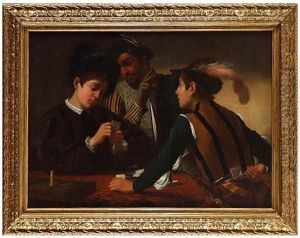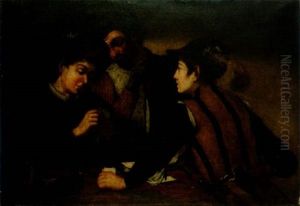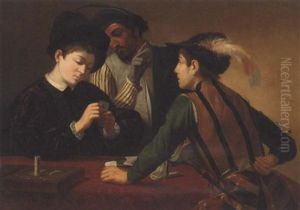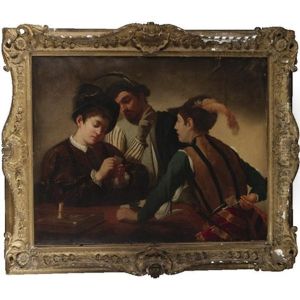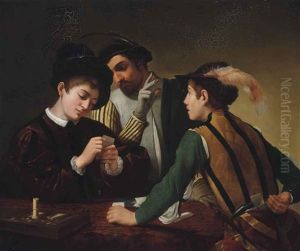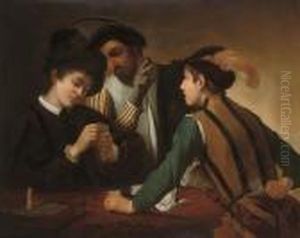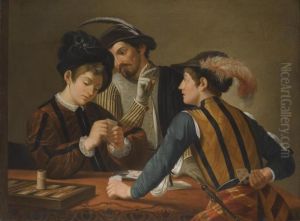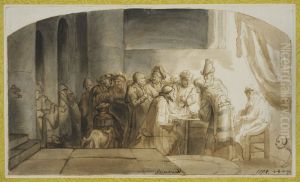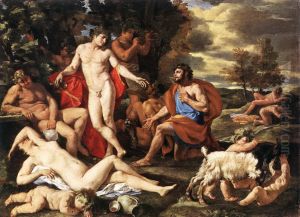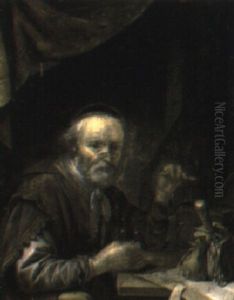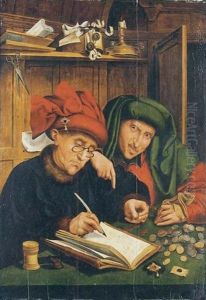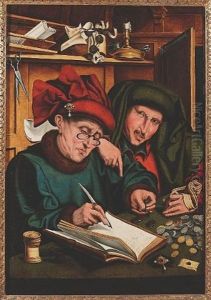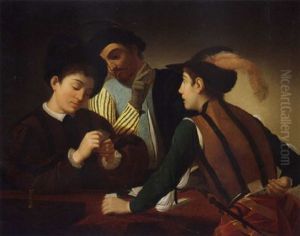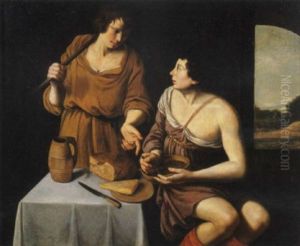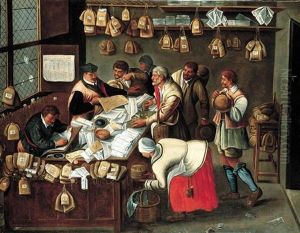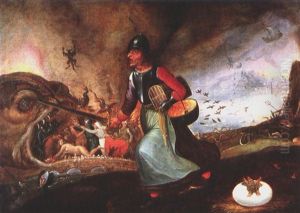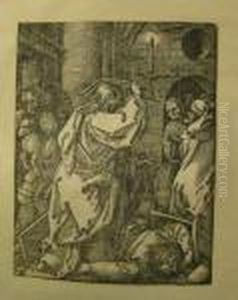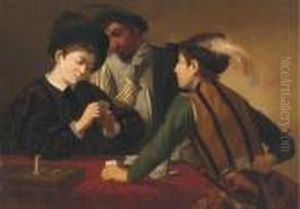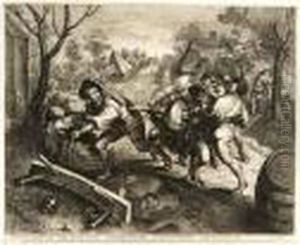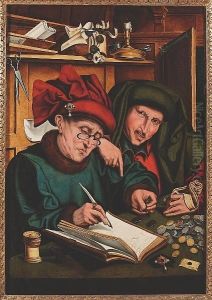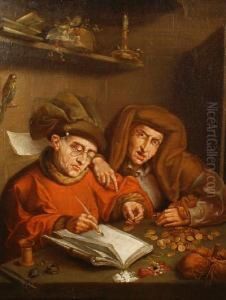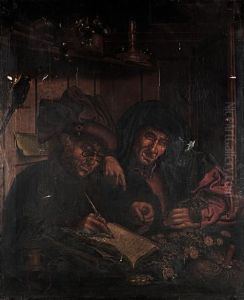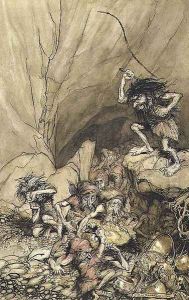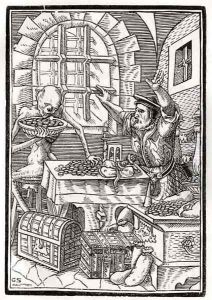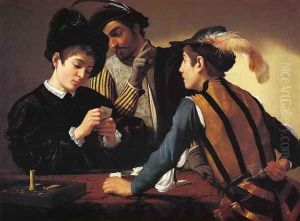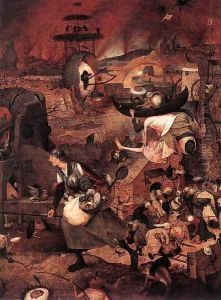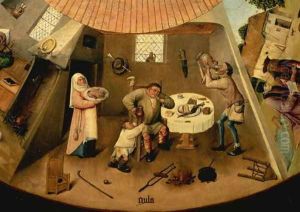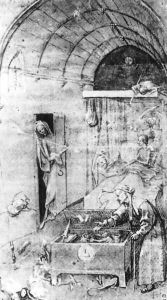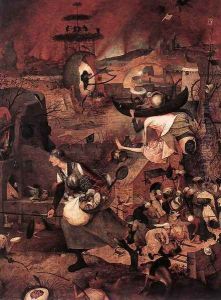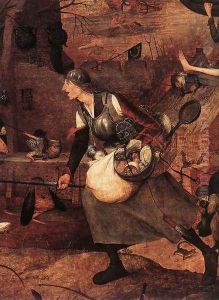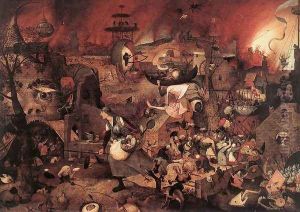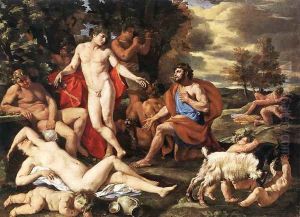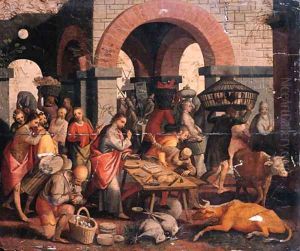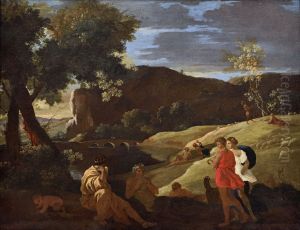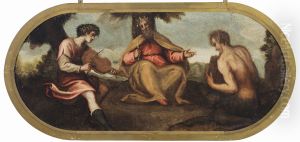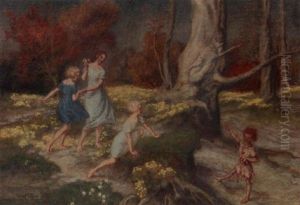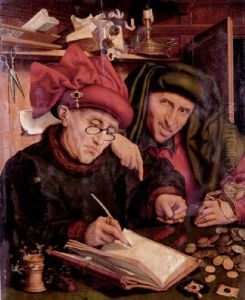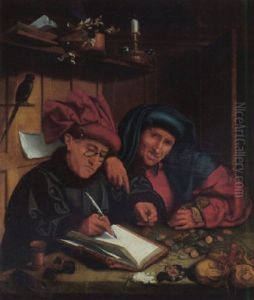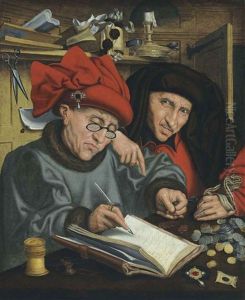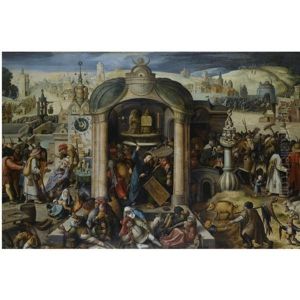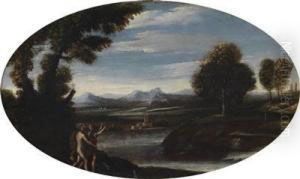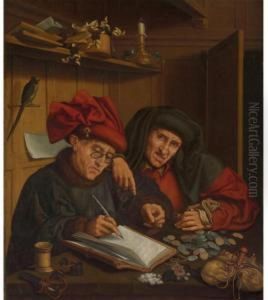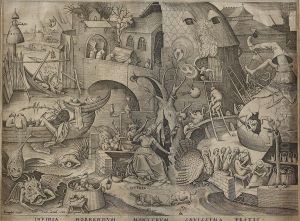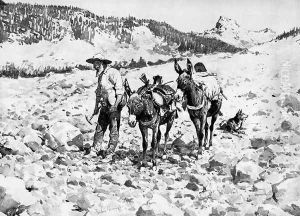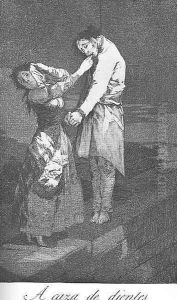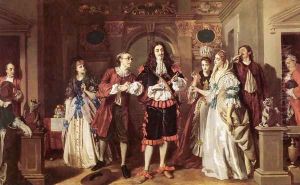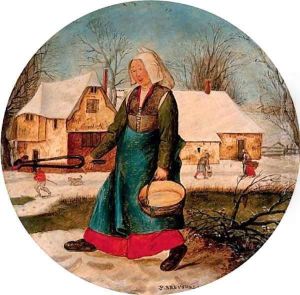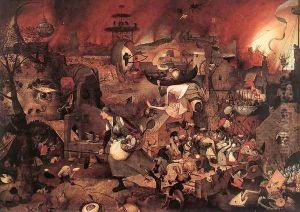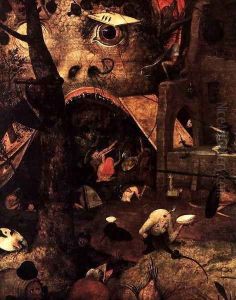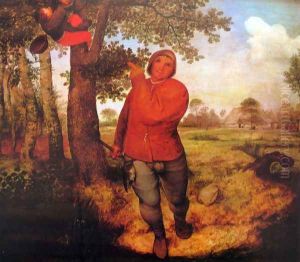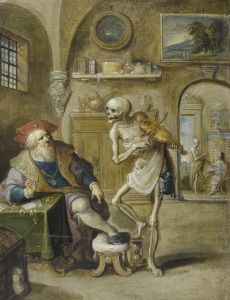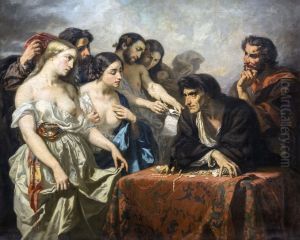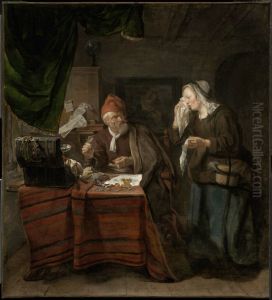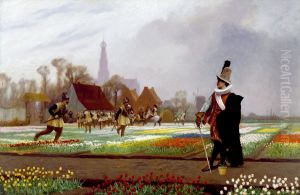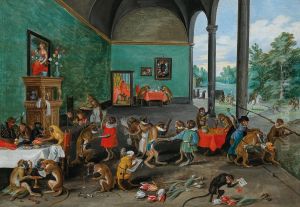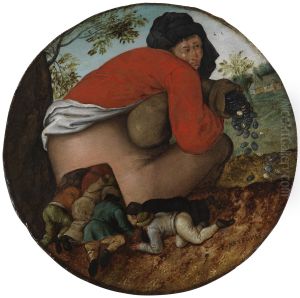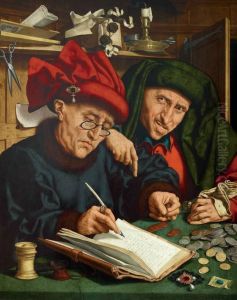Greed Paintings
The Enduring Depiction of Greed in Classic Art
Throughout human history, few vices have captivated artists as intensely as greed. This insatiable desire for wealth, power, or possessions has been a recurring theme, serving as both a cautionary tale and a profound commentary on the human condition. From allegorical masterpieces to biting social satires, classic oil paintings offer a rich tapestry of how artists have interpreted and critiqued this powerful human failing. Exploring these works provides a fascinating journey into the moral landscapes of past eras, revealing timeless insights into avarice, materialism, and the pursuit of excess.
Artists across various periods, including the Renaissance, the Dutch Golden Age, and the Victorian era, meticulously crafted scenes that expose the consequences of insatiable desire. You'll find vivid portrayals of misers hoarding their fortunes, merchants entangled in corrupt dealings, and figures consumed by gluttony or covetousness. These works often employ rich symbolism, using objects like overflowing coffers, scales, or even specific animals to underscore the moral decay associated with unchecked greed. Beyond mere illustration, these paintings frequently served as moralizing lessons, reflecting societal anxieties about wealth accumulation and the spiritual dangers of prioritizing material gain over virtue.
The artistic representations of this vice are diverse, ranging from subtle critiques embedded within genre scenes to dramatic, large-scale allegories of the Seven Deadly Sins. Each brushstroke and compositional choice invites viewers to contemplate the ethical dimensions of human ambition and the potential for moral corruption. These powerful visual narratives continue to resonate today, offering a mirror to contemporary societal values and the timeless struggle against the allure of excessive wealth. Owning a faithful reproduction of these iconic works allows you to bring a piece of this profound artistic and philosophical legacy into your own space, fostering contemplation and appreciation for art's enduring power to reflect human nature.

